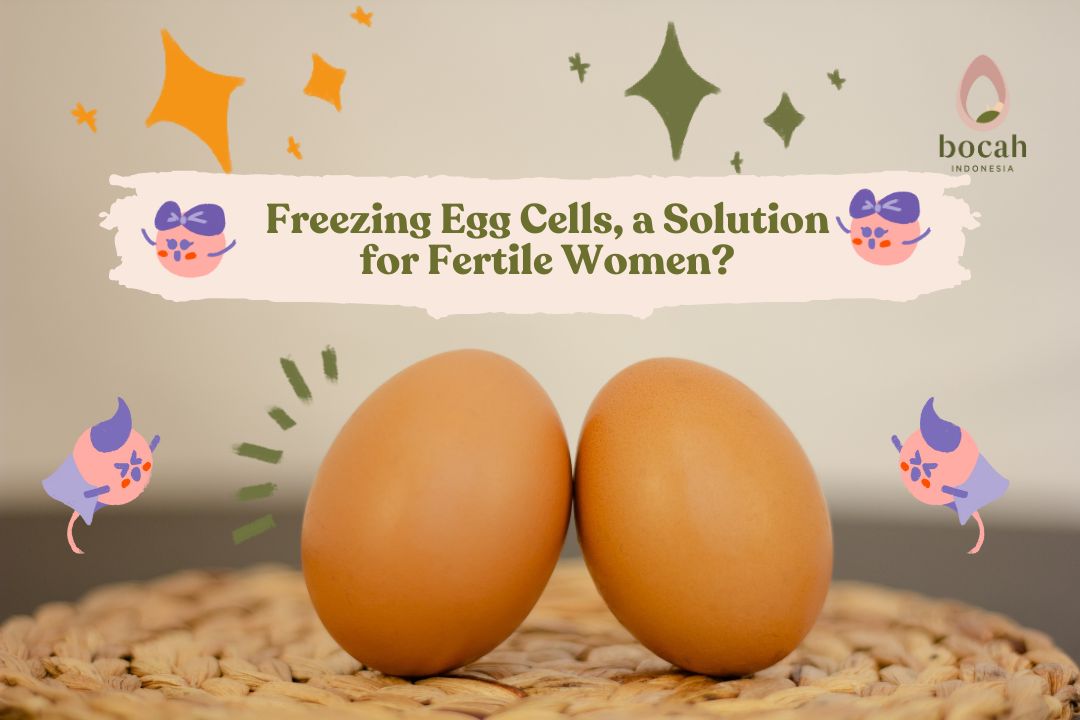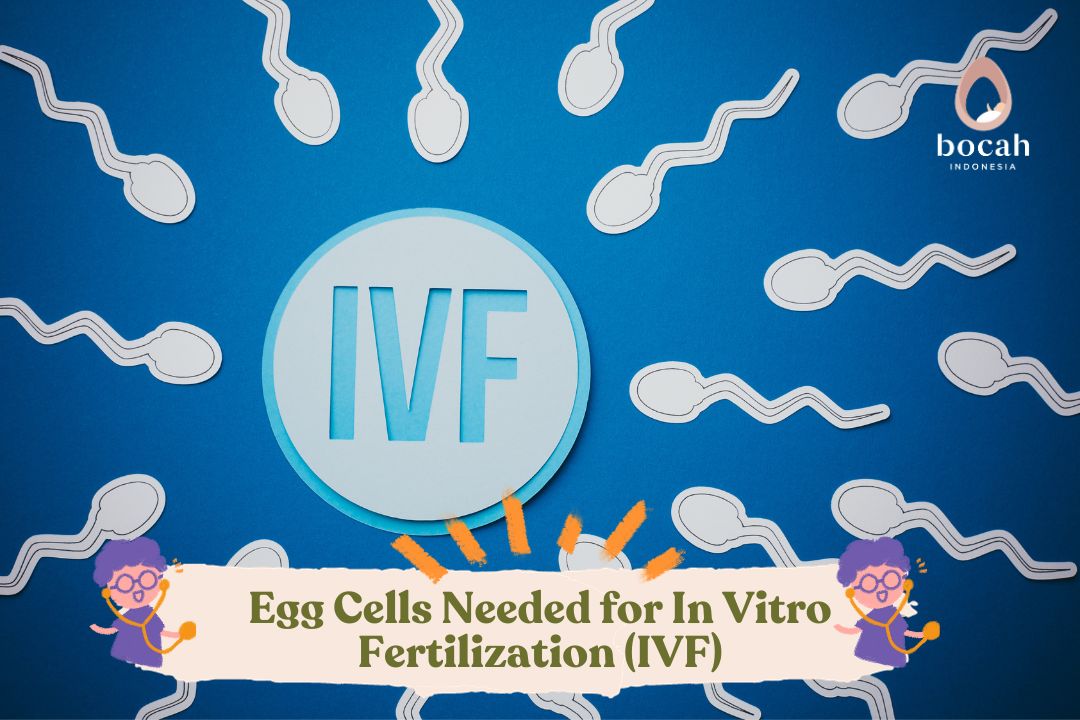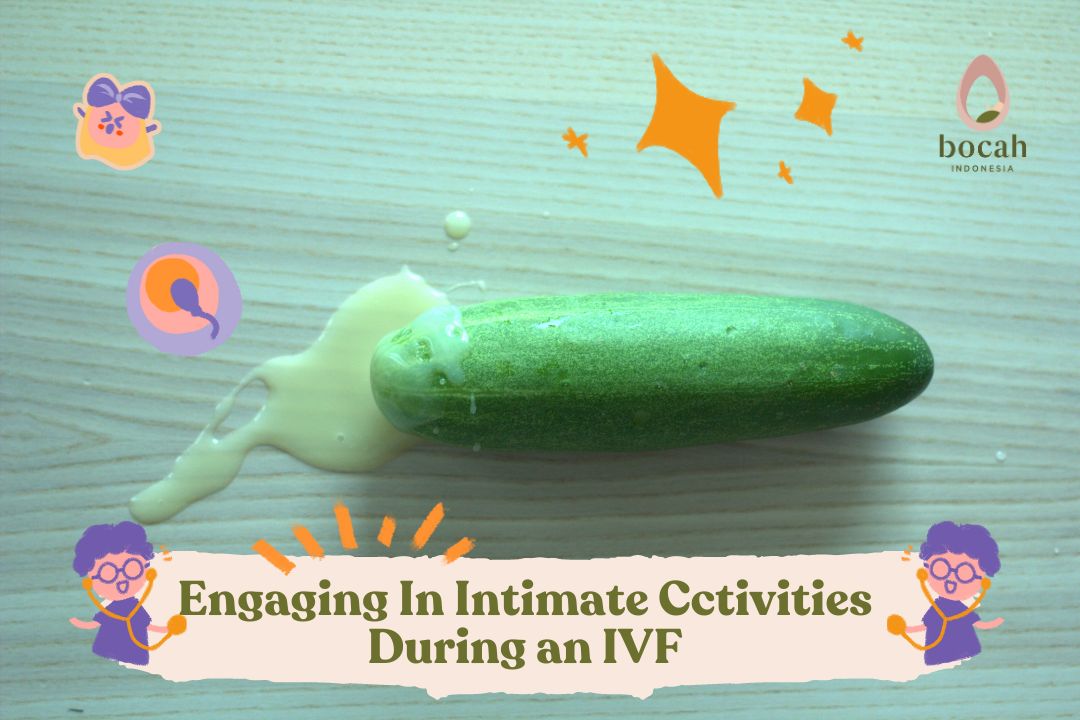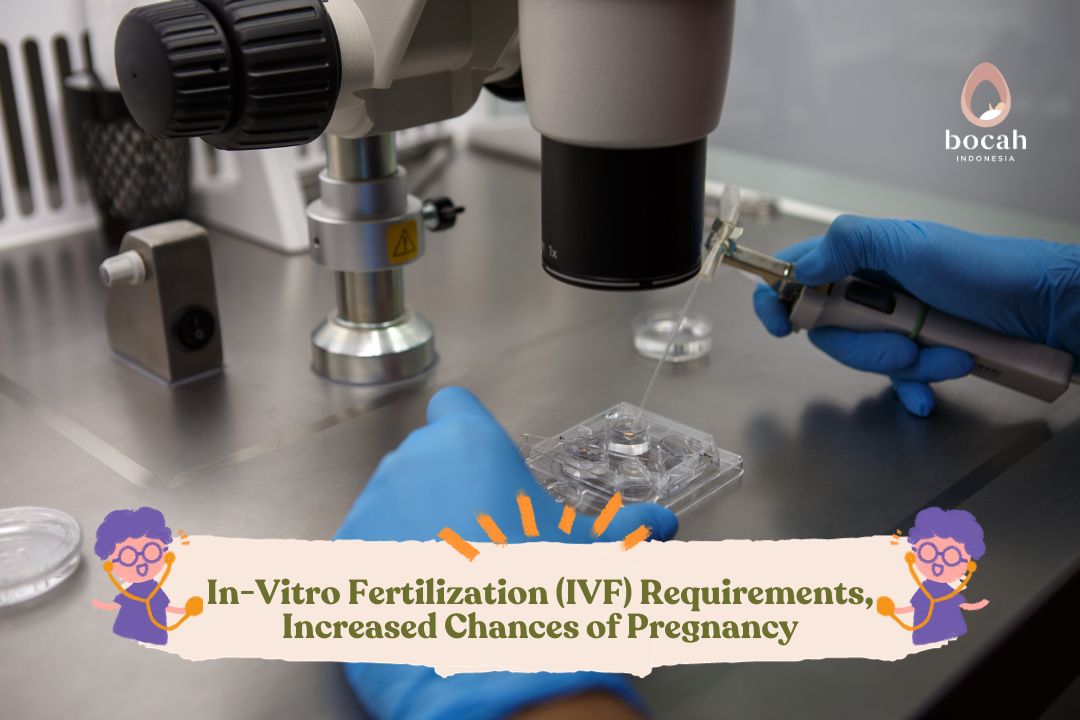Fertilization Process: The Fusion of Egg and Sperm Cells
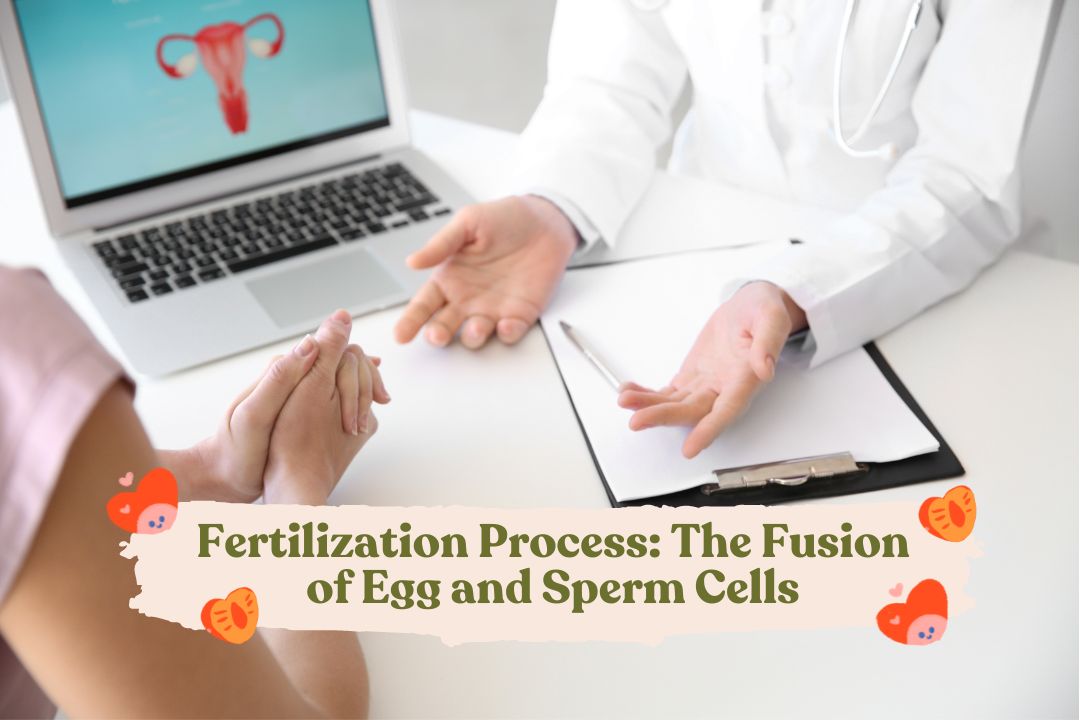
What is fertilization? And what is the process that leads to pregnancy? Find out more through this article.
While women release only one egg cell each month, men release millions of sperm in a single ejaculation. But only one sperm will reach its destination, leading to fertilization.
Fertilization is when a male sperm joins with a female egg cell to form a single cell called a zygote. This is one of the initial steps towards pregnancy. Learn about the process of fertilization through the following review.
Table of Contents
Location of Fertilization
Some people think that fertilization occurs in the uterus because that’s where the baby develops. However, fertilization actually takes place in the fallopian tube. Each sperm has one goal, which is to meet the egg cell. But to achieve this goal, the sperm cell must undertake a long and challenging journey.
First, it must travel from the vagina to the cervix, then swim through the uterus to the fallopian tube. There, if lucky, the sperm cell will penetrate the egg cell and fertilize it.
Tanya Ferly tentang Promil?
The newly fertilized egg cell, called the zygote, will move from the fallopian tube towards the uterus with the help of tiny finger-like structures called fimbriae. Once in the uterus, the zygote implants itself into the uterine wall and continues to develop into your baby.
However, there are times when the fertilized egg cell attaches and grows in a location outside the uterus. This condition is called an ectopic pregnancy. Usually, ectopic pregnancies occur in the fallopian tube (hence called tubal pregnancies), but they can also occur in the ovaries, cervix, or even the abdomen.
As there is no proper tissue or space to accommodate the growth of pregnancy in these areas, ectopic pregnancies cannot proceed successfully.
When Does Fertilization Occur?
For fertilization to happen, the timing and conditions must be right. The process of fertilization can only occur during a relatively small window of time, a few days around the time of ovulation (a few days before and after you ovulate).
Although sperm may successfully reach the fallopian tube, it doesn’t necessarily mean they can always fertilize the egg cell. Besides various fertility-related issues that can hinder this process, sometimes the timing might not be right, meaning the sperm arrives too early or too late to meet the egg cell. Or the sperm may have entered the wrong fallopian tube (as the egg cell is usually present in only one fallopian tube during a specific month).
How Long Does Sperm Take to Fertilize an Egg?
Contrary to popular belief, fertilization doesn’t happen instantly after intercourse. Sperm takes about an hour to reach the egg cell, and the entire process of fertilization takes several hours.
After intercourse, during the first half-hour, semen coagulates in the vagina, creating a physical barrier that prevents sperm from moving too far in the wrong direction. However, this protection dissolves within 30 minutes as the semen liquefies.
Sperm that hasn’t managed to pass the cervix at that time will be eliminated from the flow by the vagina’s natural acidity, which can destroy the wrong cells, including sperm.
Sperm that successfully reaches the next step, the cervical canal, undergoes biochemical changes that increase their motility to swim through the uterus and fallopian tube to find the egg cell. The cervical canal provides a more friendly environment, where specialized mucus is designed to efficiently carry sperm when you are in your fertile period.
As you approach ovulation, your mucus becomes abundant, clear, and watery (this is one reason why observing it can be an effective method for determining ovulation timing). Changes also occur on a microscopic level, with molecular strands lining up like train tracks so that sperm can ascend and ride towards the egg cell.
The sperm that reaches the egg cell still has to go through tight competition. Hundreds of sperm will surround the egg cell in a fierce battle until the end, all trying to penetrate the tough outer layer.
And there’s a lot of competition. Hundreds of sperm will surround the egg cell during the fierce battle until the end, all trying to penetrate the egg cell’s membrane to reach the cytoplasm, where the sperm will then release its own genetic contribution.
Once one lucky sperm successfully penetrates the egg cell, the egg cell immediately undergoes a chemical reaction that prevents other sperm cells from following suit. Then, the chromosomes carried by the sperm and egg cell join, and the egg cell is officially fertilized.
How Long Can Sperm Survive?
Sperm can survive in a woman’s reproductive tract for about 72 hours, and in some cases, it can survive up to five days. However, the egg cell has a shorter lifespan. The egg cell can only survive for 12 to 24 hours after ovulation.
If sperm does not meet the egg cell upon reaching the fallopian tube (or if they don’t reach the destination shortly after the egg cell arrives), the body will reabsorb the egg cell, and the chance for fertilization in that particular month will be closed.
As you have learned, the fertilization process requires the right conditions and timing for the egg cell and sperm to meet and produce the expected baby. However, once this event occurs, you have started an incredible journey as a mother.
That was the process of fertilization. If you want to know more information about fertility and other reproductive health, read other articles on the Bocah Indonesia website.
Ask Ferly
[fluentform id=”31″]
Source:
March of Dimes. Getting pregnant. Accessed 2023. https://www.marchofdimes.org/pregnancy/getting-pregnant.aspx
Merck Manuals. Conception and Prenatal Development. Accessed 2023. https://www.merckmanuals.com/professional/gynecology-and-obstetrics/approach-to-the-pregnant-woman-and-prenatal-care/conception-and-prenatal-development
National Health Service. You and your pregnancy at 1 to 3 weeks. Accessed 2023. https://www.nhs.uk/pregnancy/week-by-week/1-to-12/1-2-3-weeks/
Office on Women’s Health. Trying to conceive. Accessed 2023. https://www.womenshealth.gov/pregnancy/you-get-pregnant/trying-conceive


